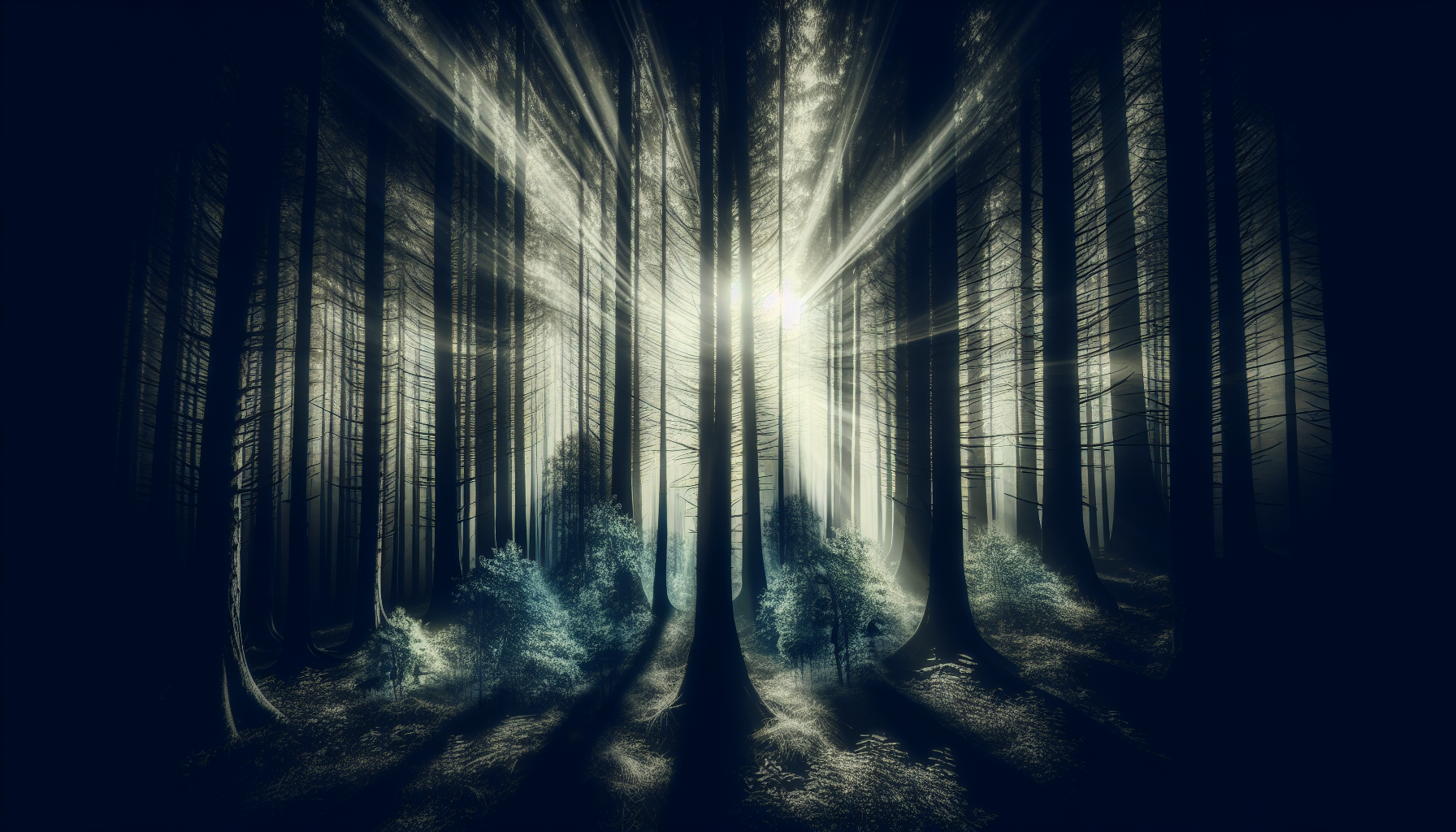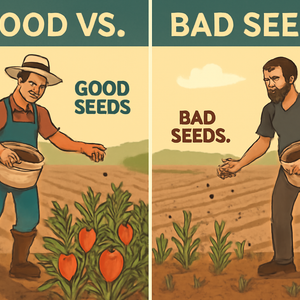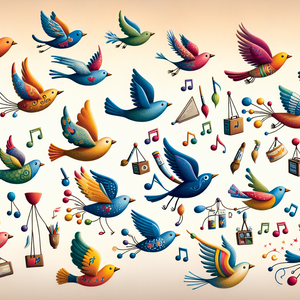Creative Partnerships: Collaborating with AI for Innovative Digital Illustrations

As technology continues to evolve, so does the way we create and appreciate art. AI tools have rapidly advanced, enabling artists to explore new frontiers in their work. From generating unique patterns to suggesting color palettes, AI can serve as an invaluable partner in the creative process. This partnership allows artists not only to enhance their existing skills but also to discover new techniques and styles they may not have considered before. For example, tools like DALL-E and Artbreeder allow users to generate images based on textual prompts or blend various visual elements, showcasing the versatility of AI in artistic creation.
Embracing Collaboration
One of the most exciting aspects of collaborating with AI is the potential for innovation. Artists can use AI algorithms to generate ideas, compose illustrations, and even create entirely new visual styles. For instance, platforms such as DeepArt and RunwayML enable artists to input their existing work and transform it into something entirely different by using neural networks to blend styles or generate new compositions. This not only helps in overcoming creative blocks but also encourages experimentation—a crucial component of artistic growth. By utilizing AI, artists can explore previously unimagined possibilities, leading to a richer and more diverse artistic output.
Practical Tips for Collaborating with AI
For artists interested in exploring the potential of AI in their work, the following practical tips can help facilitate a productive collaboration: 1. Start Small: For those new to AI tools, it’s essential to begin with simple projects. Experiment with AI-generated backgrounds or textures to incorporate into your illustrations. This approach allows you to understand the capabilities and limitations of the technology without feeling overwhelmed. 2. Use AI for Inspiration: Instead of relying solely on AI to create artwork, use it as a source of inspiration. Generate multiple variations of an idea and select aspects that resonate with you. This allows you to maintain your artistic voice while benefiting from the uniqueness of AI-generated content. 3. Develop a Workflow: Establish a workflow that integrates AI into your creative process. This might involve using AI tools for initial sketches or color suggestions before refining the artwork manually. By creating a structured approach, you can effectively balance the strengths of both human creativity and AI efficiency. 4. Join Communities: Engage with other artists who are exploring AI in their work. Online platforms and forums can provide support, share techniques, and showcase collaborative projects. Learning from others’ experiences can enhance your understanding and application of AI in your illustrations.
Case Studies: Artists Leading the Way
Several artists have successfully integrated AI into their creative processes, serving as inspiring examples for others. - Anna Ridler: A London-based artist, Ridler has utilized machine learning to create intricate animations that blend her hand-drawn illustrations with AI-generated elements. Her work highlights the potential for storytelling through AI, demonstrating that the technology can enhance rather than replace artistic intent. - Mario Klingemann: Known for his pioneering work in neural networks and art, Klingemann’s projects often explore the relationship between human creativity and machine learning. His innovative approach to digital illustration pushes the boundaries of what can be achieved, showcasing the diverse applications of AI in the art world and the unique narratives that emerge from such collaborations.
The collaboration between artists and AI is a thrilling frontier in digital illustration, offering unprecedented opportunities for creativity and innovation. By embracing AI as a co-creator, artists can enhance their work, overcome creative challenges, and explore new avenues of expression. As technology continues to evolve, the possibilities for artistic collaboration will only expand, paving the way for a future where human creativity and AI work hand in hand. For those considering a career in digital illustration, the integration of AI presents a wealth of opportunities. The demand for creative flair and a willingness to adapt to new technologies are key considerations in this evolving landscape. Artists of all backgrounds can benefit from exploring AI as a collaborative partner, redefining what it means to create art in the digital age. Whether you are an established artist or an aspiring illustrator, now is the time to delve into this exciting partnership and unlock the full potential of your creative endeavors.
AI-Enhanced Digital Illustrator
Design agencies, game development studios, publishing houses
Core Responsibilities
Create original digital illustrations by integrating AI-generated elements into traditional artwork.
Experiment with various AI tools to generate unique styles and compositions.
Collaborate with clients to understand their vision and translate it into compelling visuals.
Required Skills
Proficiency in digital illustration software (e.g., Adobe Illustrator, Procreate).
Familiarity with AI tools such as DALL-E, Artbreeder, or RunwayML.
Strong artistic sense and ability to adapt to AI-generated suggestions.
Creative Technologist in Art
Art galleries, museums, tech startups focused on the creative industry
Core Responsibilities
Develop and implement interactive installations that merge art and technology using AI.
Collaborate with artists to create innovative exhibits that engage audiences through digital interactions.
Research and prototype new AI applications in visual art and design.
Required Skills
Background in computer science or digital media, combined with a strong artistic portfolio.
Experience with programming languages (e.g., Python, JavaScript) and AI frameworks.
Knowledge of user experience (UX) design principles.
AI Art Curator
Art institutions, galleries, and cultural organizations
Core Responsibilities
Curate exhibitions that showcase the intersection of AI and contemporary art, focusing on digital illustrations.
Conduct research to identify emerging trends and artists in AI-generated art.
Collaborate with artists to provide insights and guidance on the use of AI in their work.
Required Skills
Strong background in art history or curatorial studies.
Understanding of AI technologies and their application in the art world.
Excellent communication and organizational skills.
Machine Learning Artist
Research labs, tech companies, educational institutions
Core Responsibilities
Design and train machine learning models to generate artistic outputs, such as illustrations or animations.
Collaborate with traditional artists to enhance their work through AI-driven processes.
Present findings and artistic works at exhibitions and conferences.
Required Skills
Strong knowledge of machine learning concepts and tools (e.g., TensorFlow, PyTorch).
Experience in creative coding and generative art practices.
Ability to communicate technical concepts to non-technical audiences.
Digital Art Community Manager
Online platforms, social media companies, art organizations
Core Responsibilities
Foster engagement within online communities focused on digital art and AI collaboration.
Organize workshops and events that educate artists about integrating AI into their work.
Curate content and resources that highlight successful AI-art collaborations.
Required Skills
Experience in community management and digital marketing.
Passion for both art and technology, with knowledge of the latest trends in AI.
Strong interpersonal and networking skills.


